Religions
Pakbeng is a small town located in northern Laos, along the Mekong River. The majority of the population in Pakbeng practices
Theravada Buddhism, which is the predominant religion in Laos. There are also small communities of Christians and followers of traditional animist beliefs.
The Buddhist presence in Pakbeng is evident through the town's temples and shrines. Wat Si Don Chai is one of the most prominent temples in Pakbeng and serves as a place of worship, as well as a gathering place for community events and festivals. Many local residents also practice Buddhism in their homes, often maintaining personal shrines or altars.
Christianity has a small presence in Pakbeng, with a few churches located in and around the town. Some Christian missionaries have worked in the area in the past, with varying degrees of success in converting locals to the faith.
Traditional
animist beliefs are also present in Pakbeng, particularly among the town's minority ethnic groups. These beliefs often involve the worship of spirits and ancestors, and are intertwined with local customs and traditions.
Overall, while Buddhism is the predominant religion in Pakbeng, there is a diverse mix of beliefs and practices among the town's residents.
Traditional Costumes
Pakbeng is a small town located in northern Laos, along the Mekong River. The traditional costumes worn by the local people in Pakbeng reflect the rich cultural heritage of the region.
One of the most common traditional costumes worn by women in Pakbeng is the sinh, which is a long skirt made of silk or cotton. The sinh is typically worn with a blouse, and may be adorned with intricate embroidery or woven patterns. The colors and designs of the sinh vary depending on the occasion, with brighter and more ornate styles worn for special events and celebrations.
Men in Pakbeng often wear a traditional outfit known as the salong, which consists of loose-fitting pants and a shirt made of cotton or silk. The salong may be worn with a colorful sash or belt, and may also feature intricate patterns or embroidery.
In addition to these traditional costumes, many locals in Pakbeng also wear the pha biang, which is a long scarf worn around the neck or draped over the shoulders. The pha biang is often made of silk and may be decorated with intricate designs or embroidery.
Overall, the traditional costumes worn by the people of Pakbeng reflect the rich cultural heritage of the region, and are an important part of local customs and traditions.
Traditional Crafts
Pakbeng is a small town in northern Laos, known for its rich cultural heritage and traditional crafts. Some of the most popular traditional crafts in Pakbeng include:
- Weaving: Pakbeng is known for its intricate silk and cotton weavings, which are often made using traditional backstrap looms. Local weavers create a wide range of textiles, including sarongs, shawls, scarves, and table runners, using natural dyes and traditional patterns.
- Woodcarving: Local artisans in Pakbeng are skilled at woodcarving, and create a variety of decorative and functional objects using locally sourced wood. Common woodcarvings include figurines, bowls, spoons, and other household items.
- Basketry: Basket weaving is a common craft in Pakbeng, with artisans creating a variety of baskets and other woven items from bamboo and other local materials. These baskets are used for a variety of purposes, including storing food, carrying goods, and serving as decorative items.
- Pottery: Local potters in Pakbeng create a variety of clay vessels and other objects, using traditional techniques and firing methods. These items range from simple cooking pots to intricately decorated vases and bowls.
- Silverwork: Local silversmiths in Pakbeng create a range of jewelry and decorative objects using traditional techniques and designs. These items often feature intricate patterns and designs, and may be adorned with semi-precious stones.
Ethnic Groups
Pakbeng is a small town located in northern Laos, along the Mekong River. The town is home to several ethnic groups, each with its own distinct culture and traditions. Some of the ethnic groups in Pakbeng include:
- Lao Loum: The Lao Loum are the dominant ethnic group in Pakbeng and throughout Laos, and make up the majority of the town's population. They are known for their Buddhist beliefs, as well as their traditional textiles, weaving, and food.
- Hmong: The Hmong are a minority ethnic group in Laos, known for their intricate embroidery and needlework. They are often identified by their brightly colored clothing and distinctive headwear.
- Khmu: The Khmu are another minority ethnic group in Laos, with a distinct language and culture. They are known for their agricultural practices, and often live in rural areas.
- Akha: The Akha are a hill tribe with a distinct culture and language. They are known for their colorful clothing and intricate beadwork, and often practice animist beliefs.
- Yao: The Yao are another hill tribe with a distinct culture and language. They are known for their traditional dress, which includes brightly colored clothing and elaborate silver jewelry.
Cuisine
Pakbeng, Laos, is known for its unique cuisine, which incorporates local ingredients and traditional cooking techniques. Some of the most popular dishes include Khao Soi, a spicy noodle soup made with coconut milk, and Laap, a minced meat dish with herbs and spices. Other popular dishes include Mok Pa, a steamed fish dish, Or Lam, a hearty stew, and grilled meats. Visitors can experience these flavors by trying traditional dishes at local markets and restaurants.
Language
The primary language spoken in Pakbeng, Laos is Lao, which is the official language of the country. However, there are also several ethnic groups in Pakbeng who speak their own languages and dialects, including Hmong, Khmu, Akha, and Yao. Many people in Pakbeng also speak some level of French and English, especially those who work in the tourism industry. Visitors to Pakbeng can usually communicate in English or French with locals who work in hotels, restaurants, and other tourist-oriented businesses.
History
Pakbeng is a small town located in northern Laos that has a long and interesting history. The area has been inhabited by various ethnic groups for centuries, including the Khmu, Hmong, and Tai Lue people.
During the 19th century, Pakbeng became an important trading post on the Mekong River, as it was situated at the point where boats traveling downstream from China had to switch to smaller vessels to continue their journey. This made Pakbeng a hub for the transport of goods between China and Southeast Asia, and the town prospered as a result.
In the 20th century, Pakbeng played a role in the struggle for Lao independence. In 1946, the town was the site of a major battle between French colonial forces and Lao nationalists, in which the nationalists were defeated.
After Lao independence in 1954, Pakbeng became a part of the newly established Kingdom of Laos. The town continued to serve as a trading center, but its importance declined with the construction of roads in the region, which made overland transport more accessible.
In recent years, Pakbeng has become a popular destination for travelers visiting northern Laos, thanks in part to its picturesque location on the banks of the Mekong River and its proximity to other attractions in the region, such as the Pak Ou Caves and the town of Luang Prabang.
Overall, Pakbeng's history is closely tied to its location on the Mekong River and its role as a trading center, and the town has played an important role in the development of northern Laos over the centuries.


 Tours
Tours

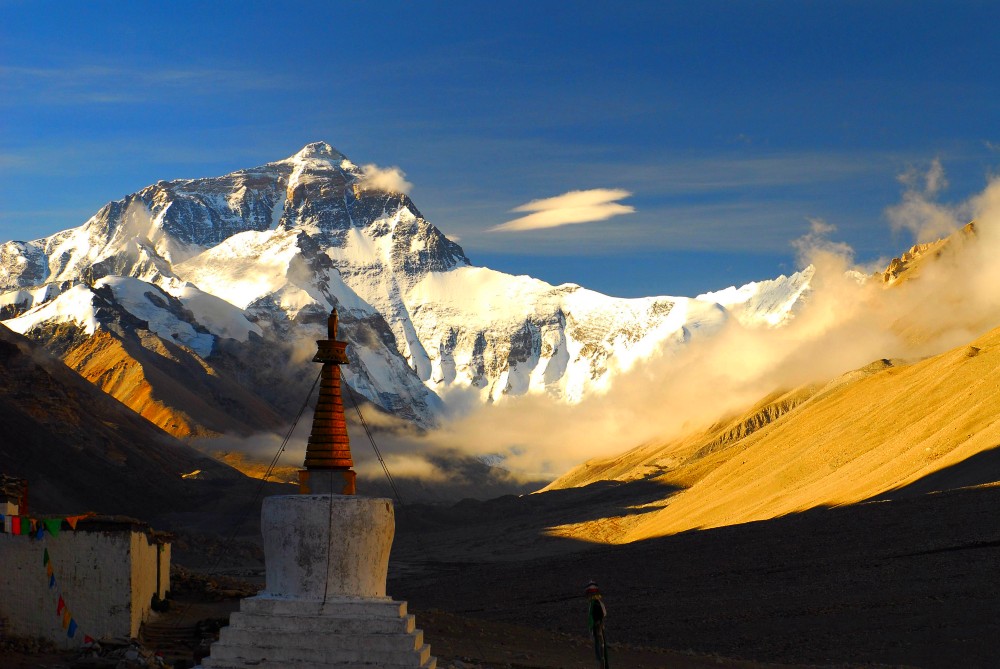
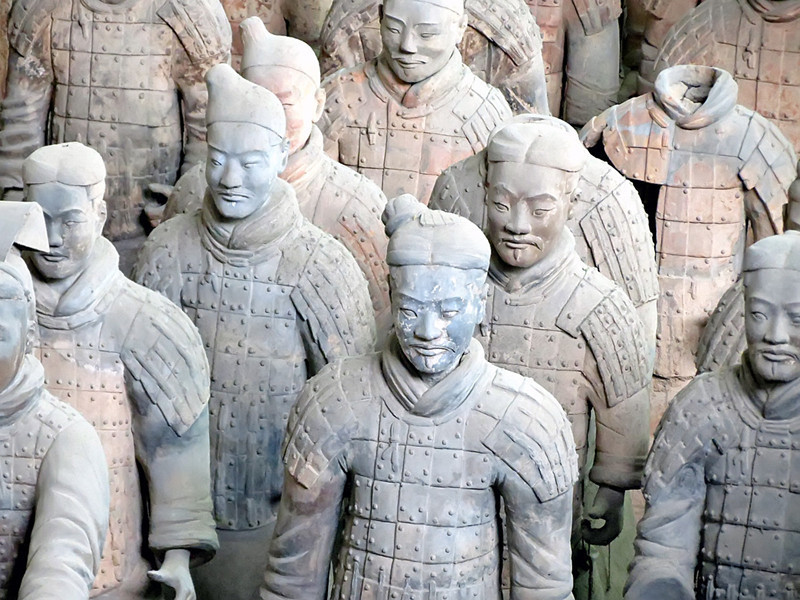
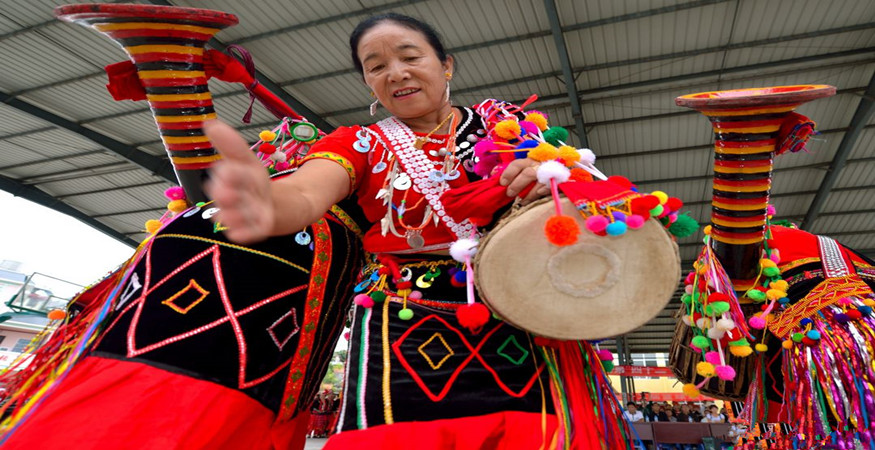
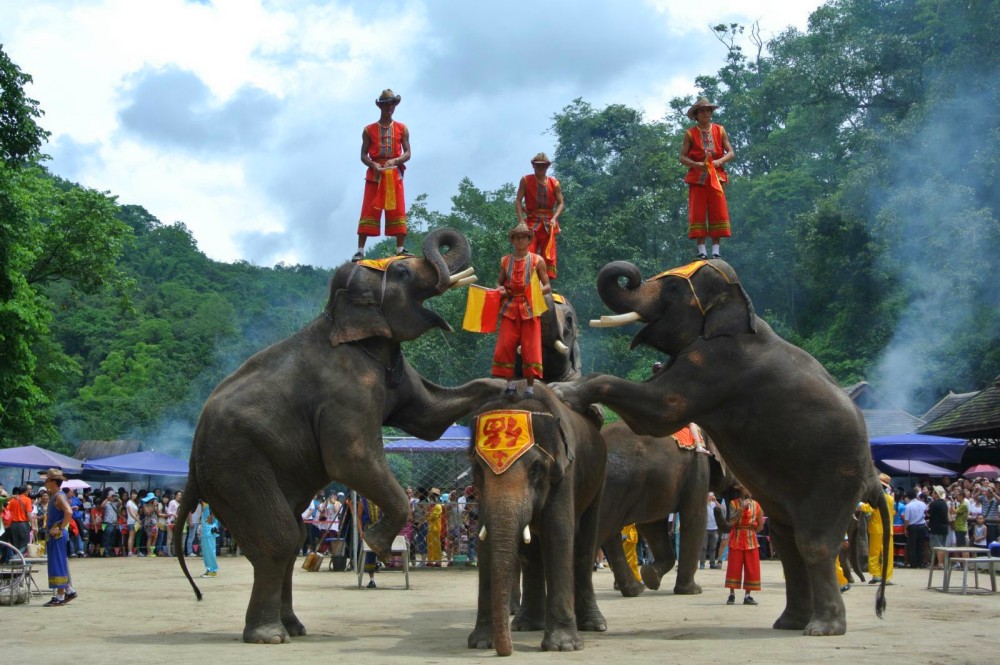
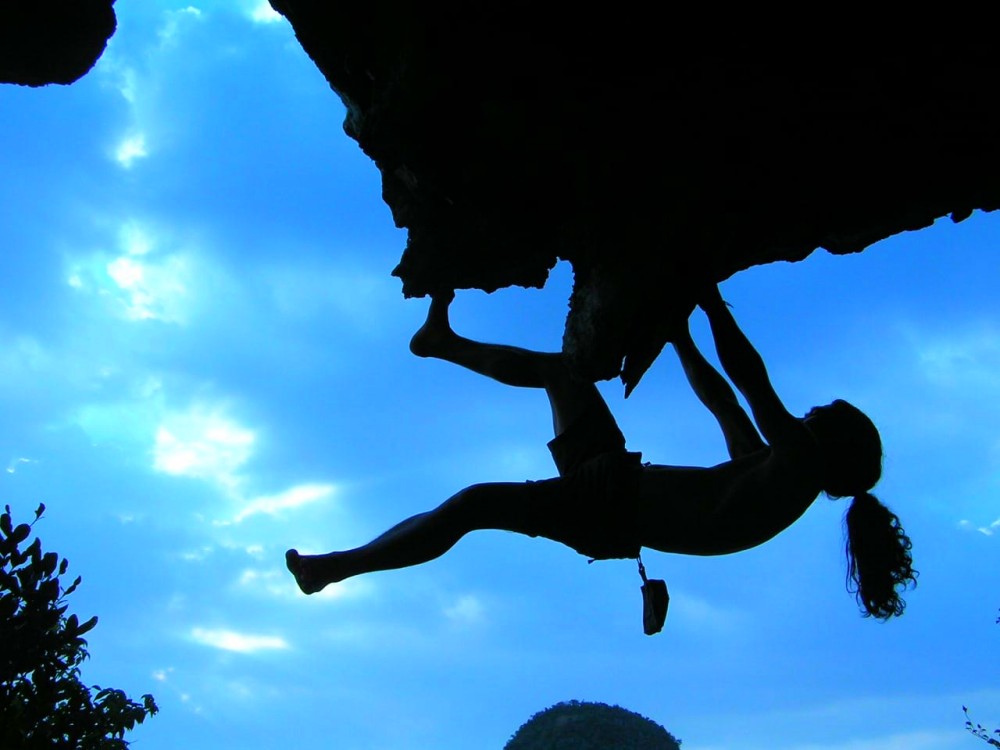
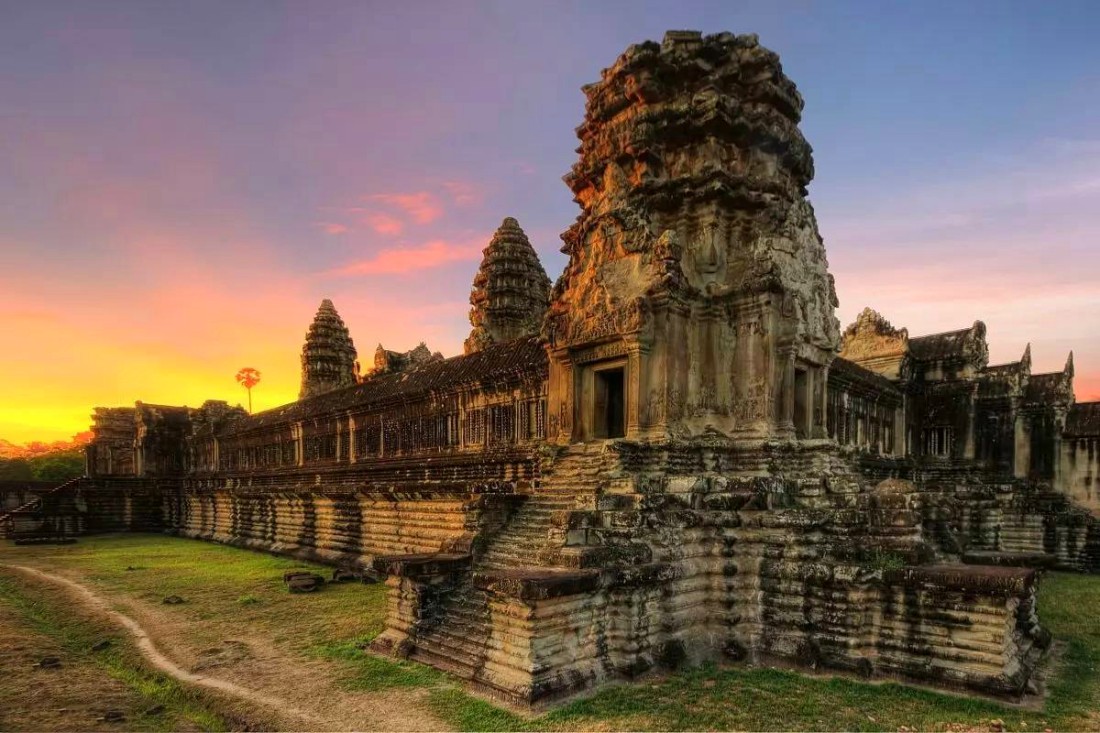
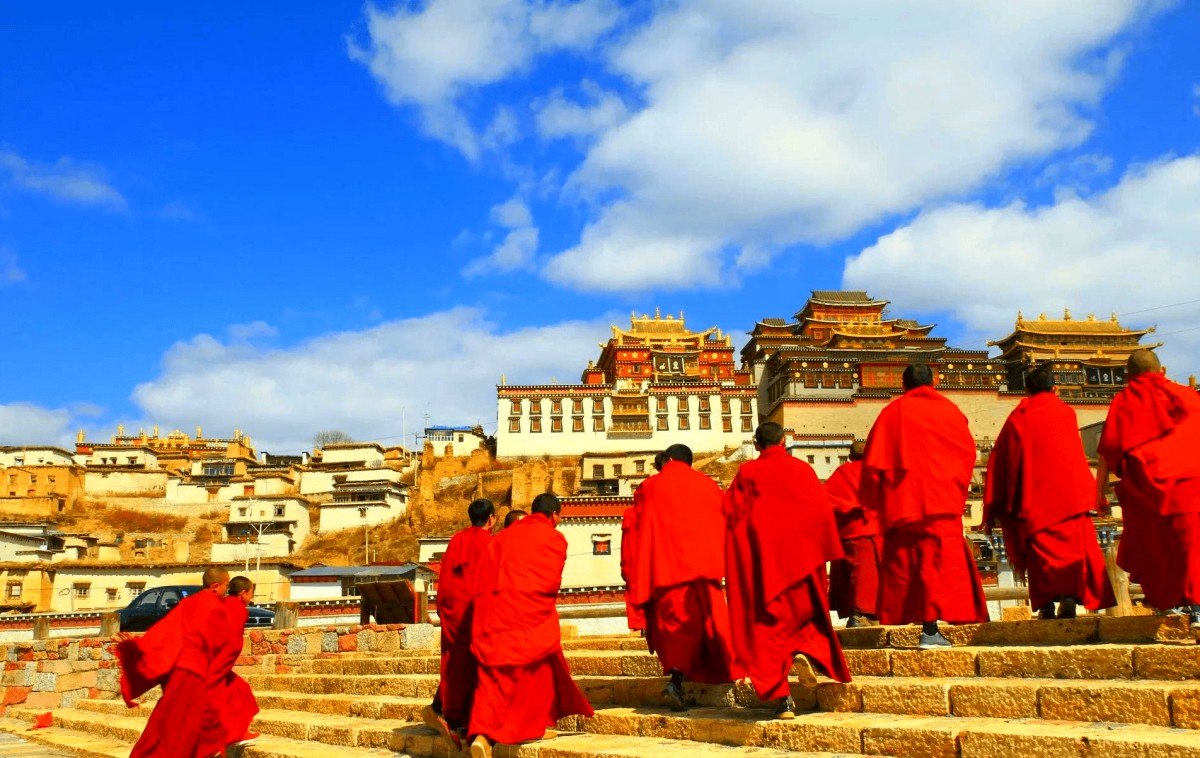

 Destinations
Destinations Attractions
Attractions Golf
Golf Customize
Customize About Us
About Us Contact
Contact








